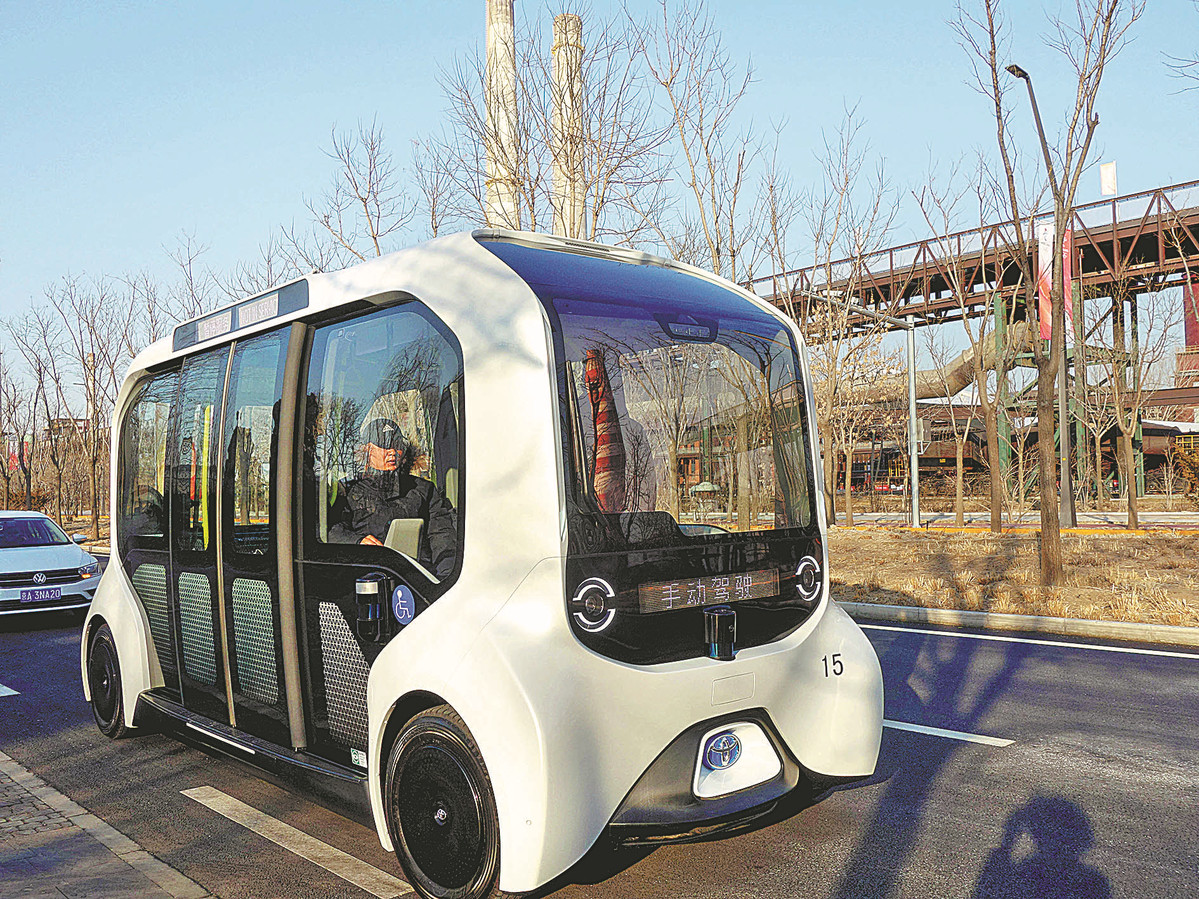Sandbox to assess car intelligent functions
By LI FUSHENG | China Daily | Updated: 2022-04-11 10:18

China is mulling a regulatory sandbox for the increasingly digitalized and automated vehicle industry as part of efforts to solve potential risks while facilitating the sector's development.
A regulatory sandbox is a framework that allows startups and other innovators to conduct live experiments in a controlled environment under the regulator's supervision.
The world's first sandbox was introduced in the United Kingdom in 2015 into its fintech sector.
The concept has since been adopted in a number of other countries including the United States in sectors such as finance and pharmaceuticals.
Earlier this month, five departments of the Chinese central government, including the State Administration for Market Regulation, released a trial plan about a regulatory sandbox in the auto industry.
What is to be tested in the sandbox covers vehicles' environmental perception, decision-making and coordination control as well as functions including updating over the air and autonomous driving, said the administration.
It allows companies to test such technology or functions already available in mass-produced vehicles for up to 24 months and the regulators will supervise the tests and come up with feedback if necessary.
"The primary goal is to guide companies to look for problems, improve designs and cut risks," said the administration.
Fast developments in software-driven vehicles with internet access are posing new challenges, for example traffic accidents that are difficult to ascertain the culprits.
Startups including Tesla and China's Nio cars were involved in crashes with their driving-assist functions on. Nio said it would like to learn more details about the regulatory sandbox.
Another heated topic is updating over the air, or better known as OTA, which has become a norm among electric vehicles that are increasingly resembling smartphones.
On April 7, Tesla said it was updating the software over the air of more than 120,000 Model 3 vehicles because of faulty semiconductors that may cause vehicles to fail to start or to lose driving power.
Last year, more than 2.9 million vehicles were recalled and fixed by OTA, said the administration.
Data collection is also raising concerns among smart car owners. While enjoying functions enabled by cameras, memories and voice recognition devices, more than 77 percent of respondents in China did not want to share information with the carmakers because of security and privacy concerns, according to a recent J.D. Power survey.
"The regulatory sandbox can help better supervise potential risks originating from cutting-edge technologies. It protects the consumers from major risks but also facilitates companies' technological innovation," said the administration.
In 2020, around 15 percent of vehicles sold in China had access to the internet. The figure is expected to reach 75 percent in 2025, or 28 million vehicles, according to the National Development and Reform Commission.
























